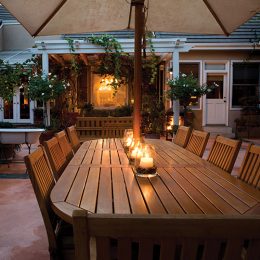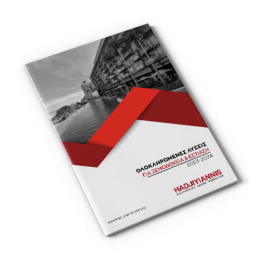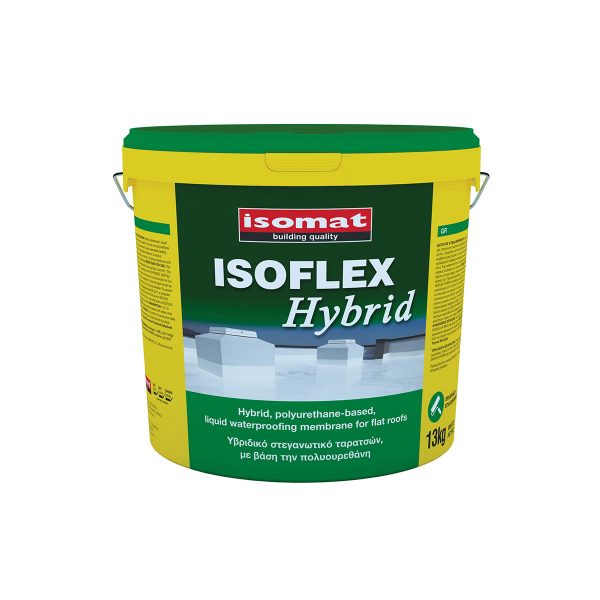Roofs with insufficient slopes in Cyprus are perhaps the most common cases.
Stagnant water in various parts of the roof strains the waterproofing layer and greatly reduces its lifespan. In particular, when the insulating material that has been applied does not have the appropriate water resistance properties, then it will begin to swell and peel, simultaneously wearing out the entire waterproofing system.
For these cases, ISOFLEX-HYBRID is the ideal choice. The elastomeric roof sealant, based on acrylic and polyurethane resins, which is highly resistant to stagnant water. It is characterized by high elasticity and great resistance to weather effects, frost and the wear and tear of time. During its application, ISOFLEX HYBRID forms a single, elastic, watertight and vapor permeable membrane, without joints.
Find out how you can fix this issue!
How to waterproof your roof with ISOFLEX-HYBRID:
- It should first be confirmed that the substrate is dry and clean, and has no traces of dust, grease or other materials.
- The roof is then universally primed with the special ISO-PRIMER primer for spreadable sealants.
- After the primer has dried, a layer of ISOFLEX HYBRID is applied along the junction of the roof with the vertical elements and where there are cracks, but also at joint points, such as around chimneys, vents or gutters. While the layer is still fresh, the sealant is reinforced with a strip of polyester fabric or fiberglass.
- Next is the universal application of the roof with ISOFLEX HYBRID by brush, roller or spray system. As soon as the first layer is dry, the second layer is applied, crosswise with the previous one.











